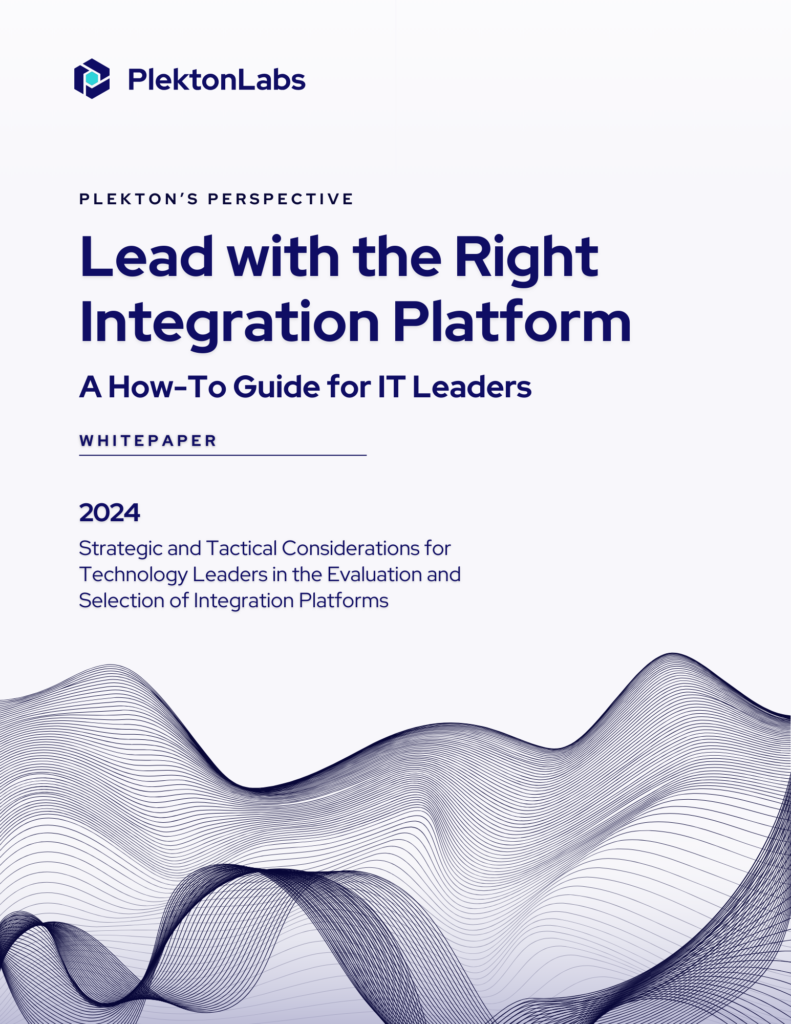After almost two years into the coronavirus pandemic, the entire world looks different. Even with the gradual reopening of businesses and offices, there is the idea that things may never be the same. Because of the disruption and the success of the work-from-home model, it’s no surprise that many employees are reluctant to rejoin the office for their 9-5 jobs. This is where the hybrid work model comes in handy.
The hybrid work model is nothing brand new. After all, different work models like remote offices, 4 day work weeks, and the like have been in the talks over the last few years. However, the recent pandemic has really brought these issues to the forefront.
During the past year, employees have found that they can work just as well at home as they had in the office. Many have found that they could concentrate better at home without distractions and that without long commutes, they could be even more productive.
Working from home also keeps staff motivated as they can spend more time with their family. It allows them to finish projects at their leisure without the stress of immediate deadlines. Last but not the least, those with chronic illnesses feel much safer working at home.
Coming out of the pandemic, the hybrid work model can prove to be useful for all employees. The idea of coming into the office 2-3 times a week and working remotely the rest of the time can be appealing as it saves commuting costs and a good deal of stress.
Thanks to digital transformation, technology makes the flexibility of remote work even more appealing. Cloud-based sharing makes collaboration extremely straightforward and employees can work together from different ends of the world. As a result, productivity and collaboration will be at an all-time high.
The idea of digital transformation as a futuristic concept has been pushed aside by the pandemic. Offices are no longer seen as the sole site of productive work. Apps like Slack and Dropbox make collaborating on projects effortless, while Zoom and Hangouts have proven that productive meetings can take place in kitchens and living rooms.
Why You Should Consider the Hybrid Work Model
Employee productivity and output aren’t the only reasons why you should give an unconventional work model some serious thought. Here are just a few other benefits of reducing office hours, allowing remote work, and changing the system of on-site work altogether:
Research has shown that employees working from home felt happier than those who had to work from offices during the past year or so. The reasons differ from person to person. Some felt better without the need to travel to and from work.
Others simply felt more comfortable working from their home offices or bedrooms, and the freedom it provided them. This can carry over to a hybrid work model. If employees are allowed to work from home in some capacity, their satisfaction will translate to better efficiency.
Some form of hybrid office structure can also lead to reduced overhead costs. Offices can be smaller, with reduced furniture and supplies. Once an organization works out the number of employees working in their offices at any given time, they can figure out how to cut down on expenses and use them elsewhere.
Potential Issues with Hybrid Work Models
Not everyone prefers working from home as they cannot concentrate. Others find it difficult to distinguish better their work and home lives and cannot strike a healthy balance between the two. This can cause issues with efficiency, and lead to frustration and burnout.
Similarly, without office work hours, it can be next to impossible to build rapport among employees. This issue can be mitigated through team-building exercises, company lunches, and even the occasional get-aways.
Security can also be an issue for many. Data breaches and similar issues are at a higher risk of happening when employees work from home, especially if they are using their own devices. However, with correct training, or if the employer provides workstations, these risks can be greatly minimized.
In a Nutshell
When formulating a hybrid workplace structure, it is important to remember that there is no one-size-fits-all model and different models have their own benefits. Talking to your employees will give a better idea of what model will work best for your company. But whichever model you do end up choosing, remember that digital transformation is a valuable tool and will help you navigate your workplace in the future.





